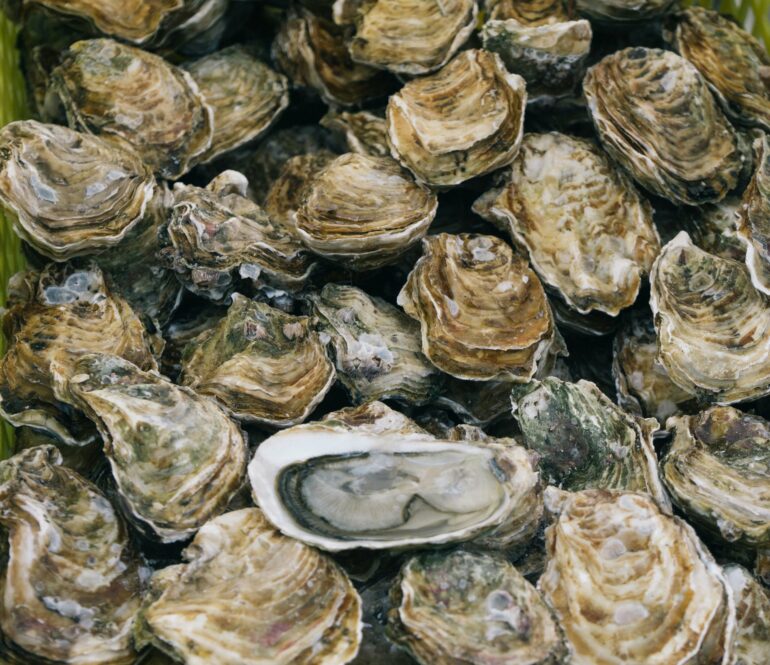Oysters play a crucial role in the marine ecosystem as they filter water, create habitats and support the nutrient cycle. Today, they are considered endangered in many parts of the world.
A new interdisciplinary study by the Leibniz Center for Archaeology (LEIZA) and the University of York shows that prehistoric communities in southern Scandinavia practiced sustainable methods of harvesting the European oyster over 3 millennia. The research results, published in the Proceedings of the National Academy of Sciences, provide valuable insights for the protection and restoration of modern oyster stocks.
The research team, led by Dr. Niklas Hausmann and Dr. Harry Robson from the University of York from LEIZA, analyzed 2,107 shells of European oysters from 19 archaeological sites on the Danish coast. The results show that oyster populations were not overexploited during the Mesolithic and Neolithic periods, despite population growth. The prehistoric communities in southern Scandinavia practiced sustainable harvesting methods that enabled long-term ecological stability.
The extensive dataset provides a comprehensive overview of European oyster populations between 5660 and 2600 BC. “The oyster shells examined allow us to trace growth rates and age structures of mollusk populations in detail,” explains Dr. Hausmann, research group leader at LEIZA and co-author of the study.
“While oysters tended to be older and larger in the Mesolithic, we tend to see smaller and younger specimens in the Neolithic. Despite more intensive utilization, however, the oyster reefs never collapsed, which shows that these communities managed their resources sustainably.”
The study differentiates between the effects of human activities and environmental changes on the oyster populations. The researchers conclude that both factors were decisive. “Our research shows that while environmental factors are important, they were not the only cause of changes in oyster populations,” explains co-author Dr. Robson from the University of York.
“Human-driven resource management played a crucial role in maintaining the economic and ecological balance that ensured long-term sustainability. Using the data we have collected, we can investigate how environmental change and human activity have interacted to shape marine life.”
The combination of archaeological and paleoecological data enables a comprehensive understanding of historical marine ecosystems. “This interdisciplinary approach is crucial to overcoming modern ecological challenges,” says Dr. Hausmann.
The findings of the study are not only of archaeological interest, but also provide valuable guidelines for modern nature conservation. In view of the global decline in oyster populations, research into prehistoric harvesting methods provides important impetus for today’s protection and restoration measures.
“Our results show that long-term ecological resilience can be achieved through careful resource management,” concludes Hausmann.
More information:
Harry K. Robson et al, The effects of Mid-Holocene foragers on the European oyster in Denmark, Proceedings of the National Academy of Sciences (2024). DOI: 10.1073/pnas.2410335121
Provided by
Leibniz-Zentrum für Archäologie (LEIZA)
Citation:
Sustainable oyster harvesting in the Stone Age: Lessons for modern nature conservation (2024, October 29)



